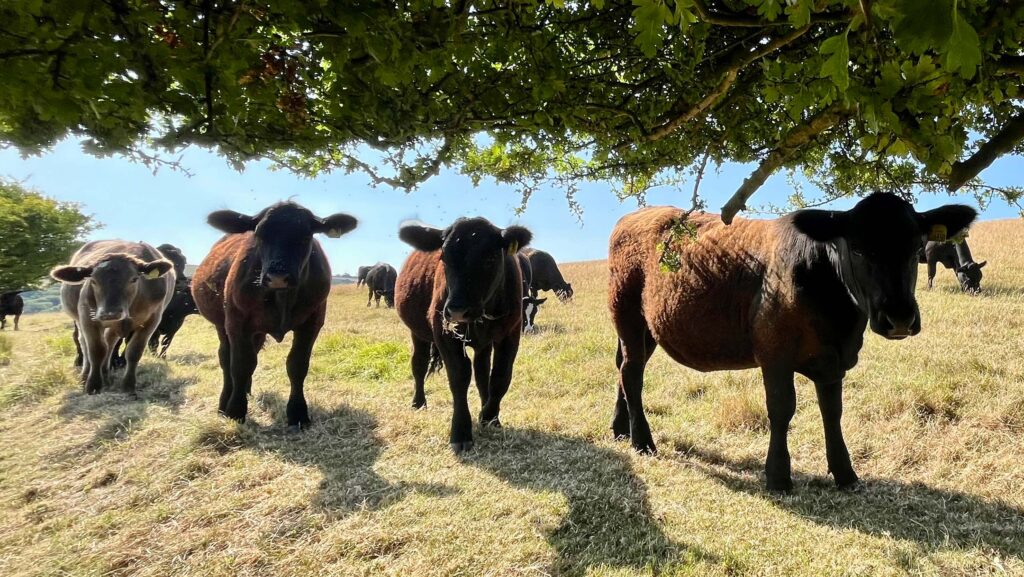Worsening drought situation triggers fodder fears
 © MAG/Philip Clarke
© MAG/Philip Clarke The ongoing drought situation across England has been defined as a “nationally significant incident” by the National Drought Group (NDG), with farmers increasingly worried about the fodder situation.
Five areas are officially “in drought” including Yorkshire, Cumbria and Lancashire, Greater Manchester Merseyside and Cheshire, East Midlands, and West Midlands.
North-east Lincolnshire and Northamptonshire, East Anglia, Thames, Wessex, Solent and South Downs are also experiencing prolonged dry weather following the driest six months to July since 1976.
See also: Straw and fodder shortages hit producers as prices climb
More pressure on crops and water supplies is likely as the forecast suggests dry conditions will remain and a fourth summer heatwave is expected to be declared.
Environment Agency director of water and NDG chairman Helen Wakeham said: “The current situation is nationally significant.
“We are calling on everyone to play their part and help reduce the pressure on our water environment.
“We know the challenges farmers are facing and will continue to work with them, other land users, and businesses to ensure everyone acts sustainably.”
Crop yields mixed
Despite some recent rainfall, the NFU says farmers and growers continue to feel the pressure, with harvest already complete in some areas and crop yields proving mixed across the country.
NFU vice-president Rachel Hallos said: “Some farms are reporting a significant drop in yields, which is financially devastating for the farm business and could have impacts for the UK’s overall harvest.”
She added that concerns are growing as minimal grass growth means many livestock farmers are already tapping into winter feed stocks, raising the risk of higher production costs later in the year.
Quality concerns
Scottish Borders arable farmer Neil White, who farms 230ha in Berwickshire, said so far his harvest has been good, but there were some quality issues with spring and winter barley.
“Harvest started about 10 days earlier than usual and we’ve fared better than large parts of the UK,” he said.
“However, the six to seven weeks of dry weather in May pushed nitrogen levels up in our winter barley.
“The spring barley was similar, and while the yield has been good, the quality isn’t great.
“Second and third wheat harvest in the area is seeing some lower yields.
“We’ve also lost some oats with the recent storms, but there is always some sort of weather event that brings challenges,” he added.
Chalky soil held moisture
East Yorkshire farmer William Bradley, who farms 280ha of wheat and oilseed rape, said his harvest was good, despite less than usual rainfall.
Usual annual rainfall is 563mm, though so far only 238mm has been recorded since January.
“Our land type has done well, as the chalk holds the moisture and the sunlight has filled the grain.
“We’ve seen a record harvest for wheat and rapeseed and an increase in yield since changing to direct drilling – but I know others across the country are struggling,” said Mr Bradley.
Outlook largely settled
Largely settled conditions are expected for the rest of the month, though rain and showers could make an appearance further north.
Dr Will Lang, chief meteorologist at the Met Office, said: “As we move into the second half of August there are indications of high pressure building and therefore largely settled conditions overall.
“Although dry weather is more likely, rain, showers or thunderstorms cannot be ruled out.”
